A spectacular panorama of beach and mudflats unfolded before me at the mouth of this wild and empty estuary in north Wales.
As is my habit when in such places, my eyes were continually drawn to the sand as I sought out mollusc half-shells and other natural flotsam from the sea.
A dark, leathery pouch on the sand caught my attention – the egg capsule of a ray.
Colloquially known as a ‘mermaid’s purse’, I gently picked it up and cradled this miracle from the sea in the palm of my hand.
It was rectangular in shape, with four horn-like tendrils on each corner.
It was most probably the egg case of a thornback ray, but I wasn’t sure of my identification as those of blonde rays and spotted rays are similar in form.
A female thornback ray will typically lay between 40 and 70 eggs each year on shallow sand, mud, pebble or gravel bottoms.
This is a very low reproductive rate, especially when one considers that a single cod can lay millions of eggs in one go.
As such, ray populations are inherently vulnerable.
Powerful jaws
They are fascinating fish, with their powerful jaws on the underside of the body perfectly designed for feeding upon hard-bodied creatures such as shrimps and crabs.
I was visiting the Dee estuary in Flintshire researching a chapter for my new British wildlife journey book, and on wandering along the beach many other interesting finds revealed themselves, including a cluster of whelk eggs, which looked like a congealed mass of rice krispie breakfast cereal.
From the beach, I ventured into a vast expanse of rolling sand-dunes where there was a proliferation of sea-holly, including some still in flower, their wispy purple blossom looking like miniature thistle blooms.
Sea-holly is a scarce shore plant in Scotland, but more frequent in suitable coastal areas in England and Wales.
The jagged, frosty-blue and wax-stiff leaves are well adapted to cope with the harsh conditions of dunes, continually exposed to briny sea winds while the roots eke out a meagre existence from the dry and nutrient poor sand.
Reed beds
The following day, I ventured to Leighton Moss in Lancashire, which boasts the largest reed bed in north-west England and is home to scarce birds such as bearded tits and marsh harriers.
From one of the hides, I watched engrossed as scores of teal, gadwall, pintail, mallard and shoveler ducks busily fed in the shallows of a lagoon.
The shovelers were especially engaging as they busily swept their large shovel-shaped bills from side-to-side in the mud to sieve for small invertebrates and plant detritus.
On a path edge by the reeds, I discovered a pair of shaggy inkcap mushrooms, which oozed glistening black ink from their caps.
In the past, inkcaps were used to make writing ink by mixing the dark liquid from the mushrooms with a little water and some cloves, and then heating it.
This process helped fix the ink and stopped it from fading or running when used.
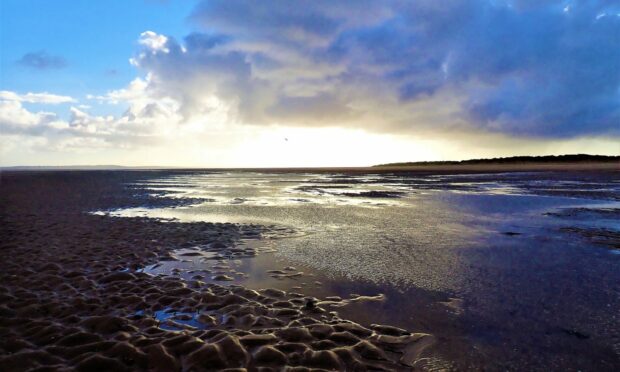
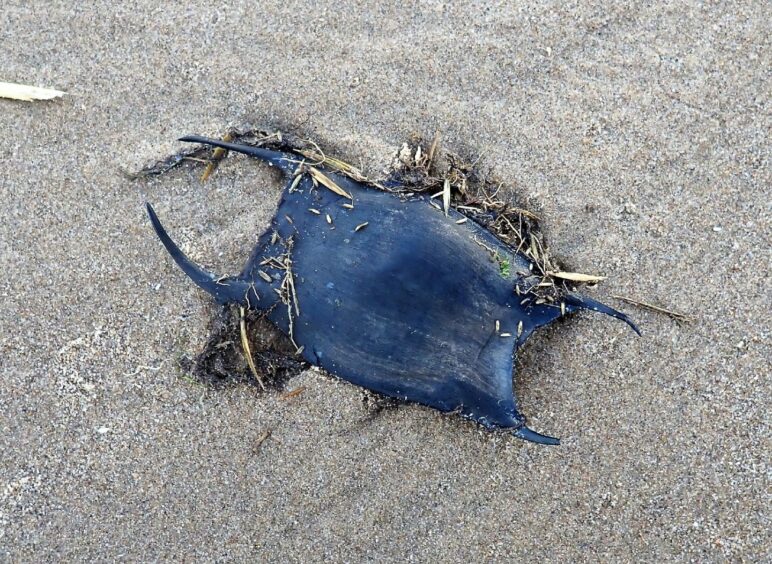
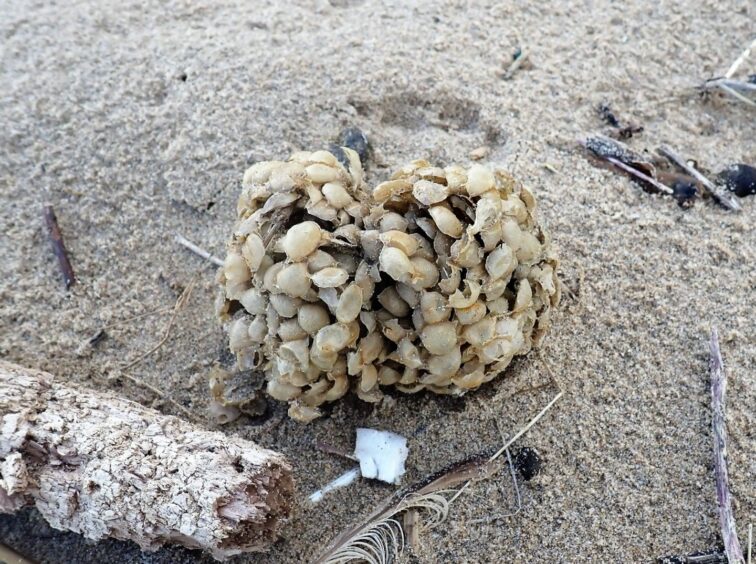
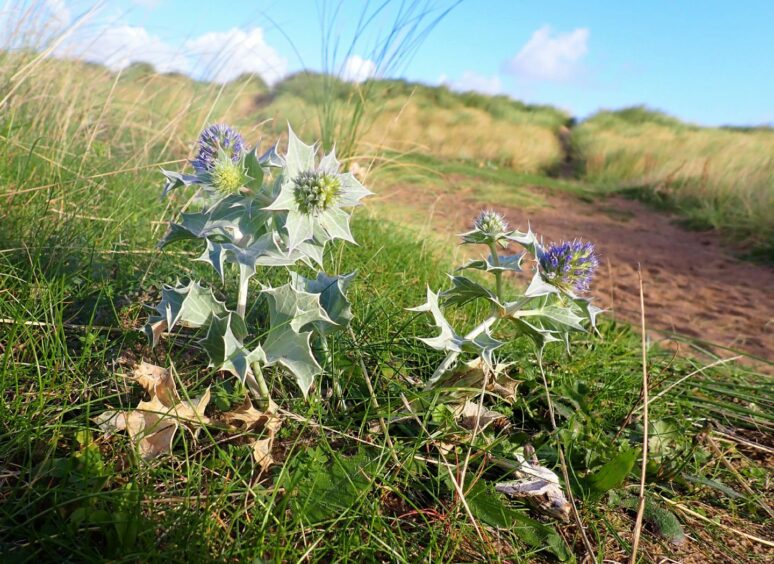
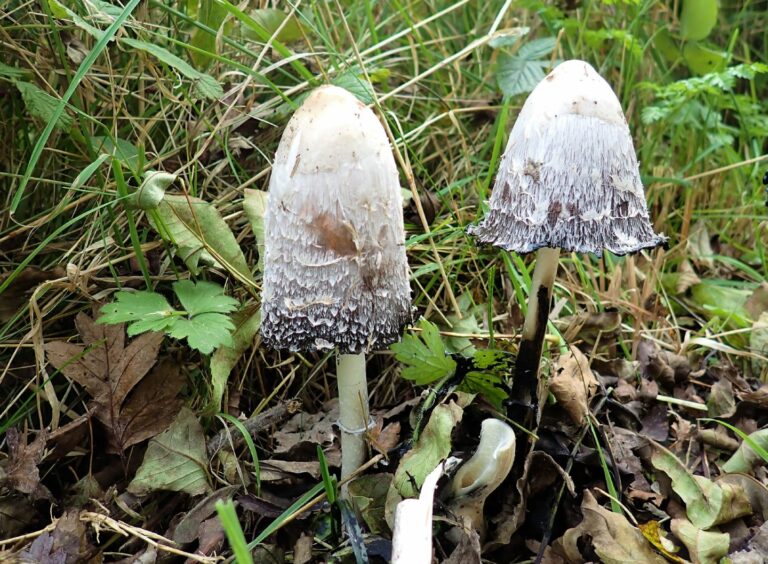
Conversation